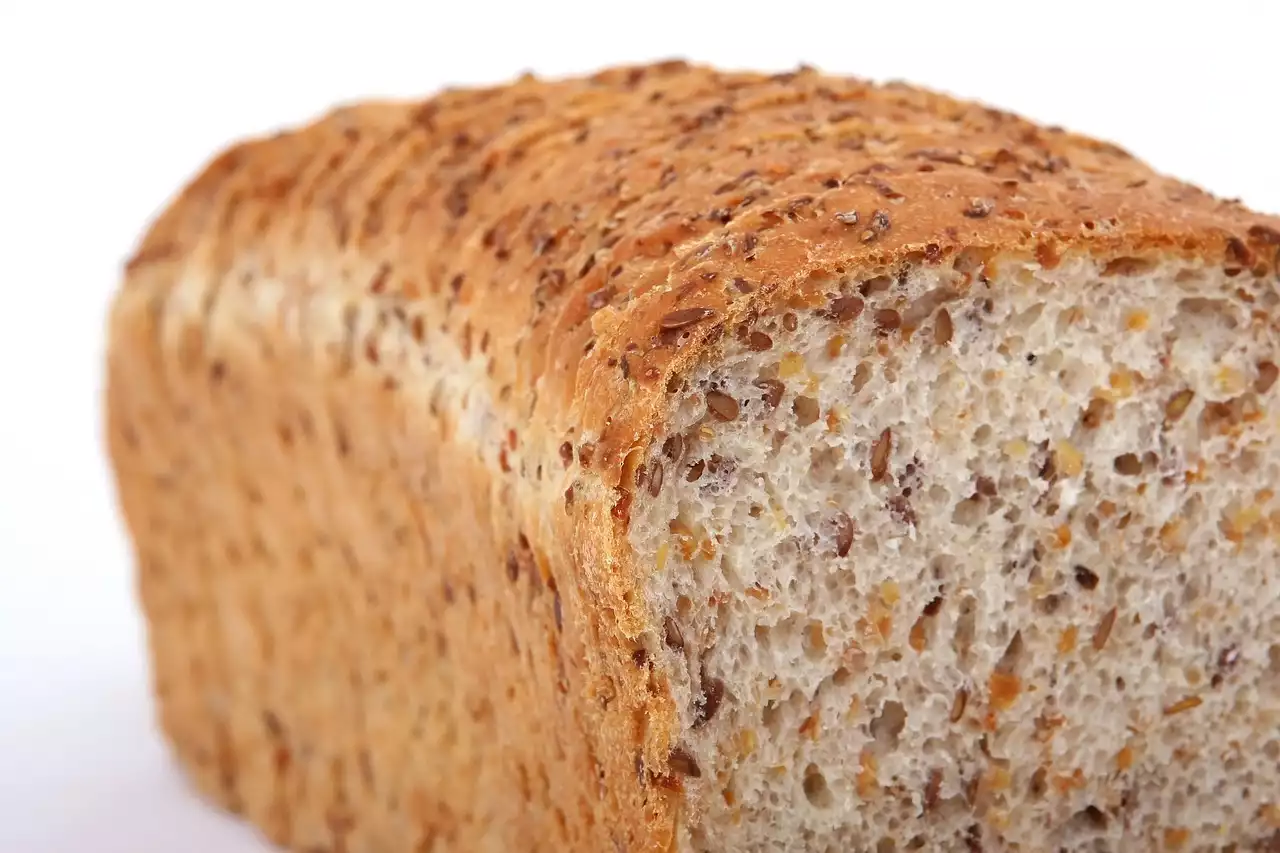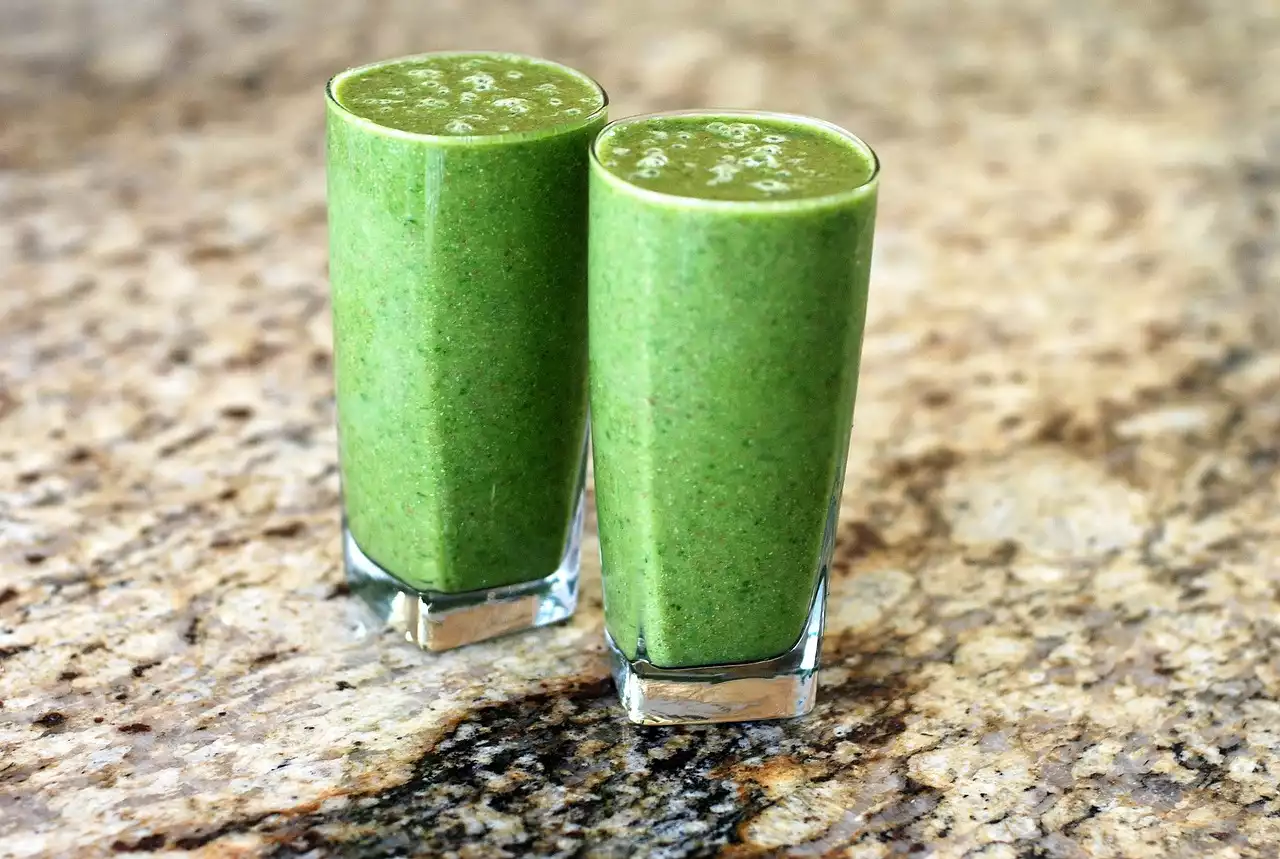What is Dietary Fiber?
Dietary fiber is a type of carbohydrate found in plant-based foods that cannot be digested by the human body. Unlike other carbs, fiber passes largely intact through your digestive system, aiding in the movement of food and waste through your intestines. Fiber can be divided into two main categories: soluble and insoluble. Soluble fiber dissolves in water and forms a gel-like substance that slows down the absorption of food in the stomach and reduces the risk of high blood sugar levels. Insoluble fiber, on the other hand, does not dissolve in water and remains largely intact as it passes through the digestive system. It helps to add bulk to stool, preventing constipation and promoting regular bowel movements.
Types of Dietary Fiber
There are many different types of dietary fiber, each with its own unique properties and benefits. Some of the most common types include:
Psyllium
Psyllium is a type of soluble fiber that is commonly used as a laxative. It is often found in fiber supplements and is also present in some cereals and baked goods. Psyllium is particularly effective at reducing constipation and promoting regular bowel movements.
Inulin
Inulin is a type of soluble fiber that is found in many fruits and vegetables, including bananas, onions, and garlic. It is particularly effective at reducing cholesterol levels and improving gut health.
Cellulose
Cellulose is a type of insoluble fiber that is found in many plant-based foods, including whole grains, nuts, and seeds. It helps to add bulk to stool and promote regular bowel movements.
Importance of Dietary Fiber for Overall Health
The benefits of including adequate amounts of dietary fiber in your diet are numerous and far-reaching. Some of the most notable benefits include:
Improved Digestion
Fiber plays a crucial role in maintaining healthy digestion. It helps to add bulk to stool, preventing constipation and promoting regular bowel movements. Soluble fiber, in particular, helps to slow down the absorption of food in the stomach, reducing the risk of high blood sugar levels and improving overall gut health.
Reduced Risk of Chronic Diseases
Studies have shown that a high-fiber diet can significantly reduce the risk of chronic diseases such as heart disease, diabetes, and certain types of cancer. Fiber helps to lower cholesterol levels, reduce inflammation in the body, and promote healthy gut bacteria, all of which play a role in preventing chronic diseases.
Weight Management
Fiber is an excellent tool for weight management. It helps to keep you feeling full for longer, reducing the likelihood of overeating and promoting healthy weight loss. Additionally, fiber-rich foods are often low in calories, making them an excellent choice for those looking to manage their weight.
Role of Dietary Fiber in Weight Management
Fiber plays a crucial role in weight management by keeping you feeling full for longer and reducing the likelihood of overeating. When you eat fiber-rich foods, they take longer to digest, which means you feel fuller for longer. This can help to reduce your overall calorie intake and promote healthy weight loss. Additionally, fiber-rich foods are often low in calories, making them an excellent choice for those looking to manage their weight.
Dietary Fiber Sources - Fruits and Vegetables
Fruits and vegetables are excellent sources of dietary fiber. They are also packed with essential vitamins, minerals, and antioxidants, making them a critical component of a healthy diet. Some of the best fruits and vegetables for fiber include:
Raspberries
Raspberries are an excellent source of fiber, with 8 grams of fiber per cup. They are also packed with vitamin C, manganese, and antioxidants.
Broccoli
Broccoli is an excellent source of both soluble and insoluble fiber, with 5 grams of fiber per cup. It is also loaded with vitamins K and C and other essential nutrients.
Avocado
Avocado is a unique fruit that is an excellent source of both fiber and healthy fats. One avocado contains around 10 grams of fiber, making it a great choice for those looking to increase their fiber intake.
Dietary Fiber Sources - Whole Grains and Nuts
Whole grains and nuts are also excellent sources of dietary fiber. They are often rich in other essential nutrients such as protein, healthy fats, and vitamins and minerals. Some of the best whole grains and nuts for fiber include:
Oats
Oats are an excellent source of soluble fiber, with 4 grams of fiber per cup. They are also packed with protein, healthy fats, and other essential nutrients.
Almonds
Almonds are a great source of both fiber and healthy fats, with around 3 grams of fiber per ounce. They are also loaded with protein, vitamin E, and other essential nutrients.
Brown Rice
Brown rice is an excellent source of both soluble and insoluble fiber, with around 3.5 grams of fiber per cup. It is also packed with essential vitamins and minerals, making it an excellent choice for a healthy diet.
Brenda Watson's Fiber 35 Diet - Oatmeal Fiber
Dietary Fiber Sources - Legumes and Beans
Legumes and beans are another excellent source of dietary fiber. They are also rich in other essential nutrients such as protein, vitamins, and minerals. Some of the best legumes and beans for fiber include:
Lentils
Lentils are an excellent source of soluble fiber, with around 16 grams of fiber per cup. They are also rich in protein, iron, and other essential nutrients.
Black Beans
Black beans are a great source of both soluble and insoluble fiber, with around 15 grams of fiber per cup. They are also rich in protein, iron, and other essential nutrients.
Chickpeas
Chickpeas are an excellent source of both soluble and insoluble fiber, with around 12 grams of fiber per cup. They are also rich in protein, iron, and other essential nutrients.
How to Incorporate Dietary Fiber into Your Diet
Incorporating dietary fiber into your diet is easier than you might think. Here are some simple tips for increasing your fiber intake:
Start Your Day with Fiber
Starting your day with a high-fiber breakfast can help to set you up for a day of healthy eating. Try a bowl of oatmeal with berries and nuts or a smoothie packed with fruits and vegetables.
Choose Whole Grains
When selecting bread, pasta, and other grain-based foods, choose whole grain options instead of refined grains. Whole grains are much higher in fiber and other essential nutrients.
Snack on Fruit and Nuts
Fruit and nuts are excellent snack options that are also high in fiber. Try snacking on an apple with almond butter or a handful of mixed nuts for a healthy, fiber-rich snack.
Experiment with New Recipes
Experimenting with new recipes and ingredients is a great way to increase your fiber intake. Try incorporating more legumes, beans, and vegetables into your meals or experiment with new whole grain options.






.png?size=50)



